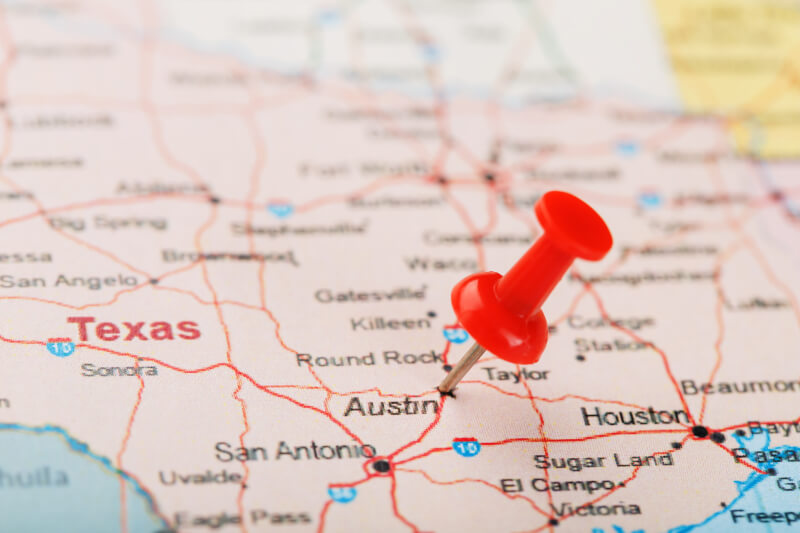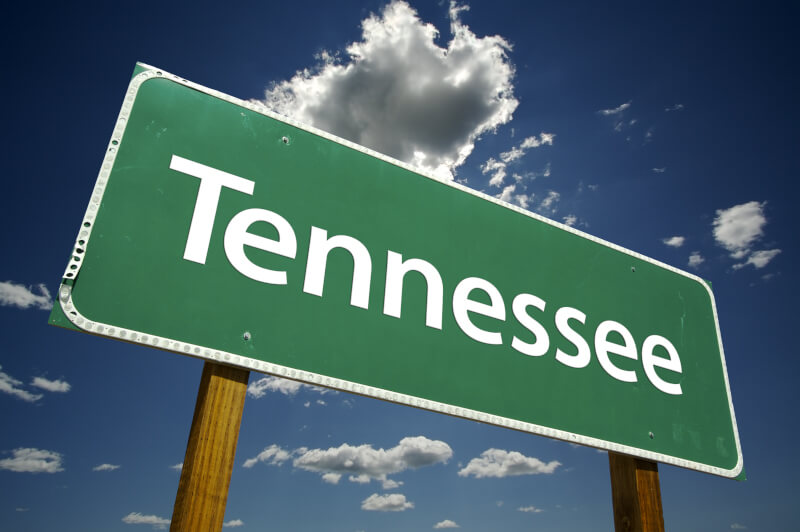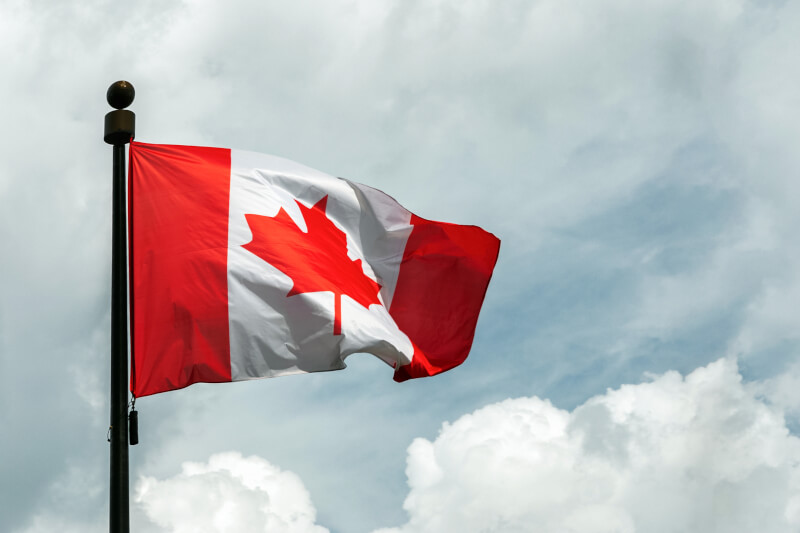Whisky lovers like you have long known that whiskey is as much about culture and history as it is about taste. But did you ever pause to consider the myriad of regulations that govern its production and sale? It’s not just about ensuring quality and origin; some of these rules are downright baffling.
1. Texas, US: Label Loopholes
In Texas, your favorite bottle might not be what it seems. Distillers can legally label their product as “Texas Whiskey” even if less than 1% of its content is distilled in the state. Fancy a Texan dram? Make sure you’re sipping the real deal!

While Texas allows a generous loophole in labeling, it begs the question: How does this impact the authenticity and reputation of Texan whiskies? Distilleries keen on genuine Texan branding invest heavily in local ingredients and traditional processes. This contrasts starkly with those taking advantage of the labeling loophole, potentially misleading consumers. For instance, imagine a distillery using this technicality to market an imported blend as “Texan.” It would be similar to ordering a traditional Texan brisket and being served one smoked in New York.
2. Sweden and Finland: State Monopoly
Purchasing a bottle in these countries isn’t as simple as you’d think. Both Sweden and Finland operate state-owned liquor stores, monopolizing the retail sale of alcoholic beverages. Need a special release for your collection? You’ll have to wait for the state to stock it.
Monopolizing the retail sale of alcohol does more than just limit choices. In Sweden, for example, Systembolaget – the state-owned chain – decides what to stock, influencing the drinking culture itself. This monopoly affects local distilleries, as getting a spot on the store’s shelf can make or break a brand.
3. Lynchburg, Tennessee: Irony at Its Best

Imagine living in the home of Jack Daniel’s but not being able to enjoy it. Lynchburg, the very place this iconic brand is produced, remains a dry county.
Ironically, while you can buy a bottle at the Jack Daniel’s distillery, sipping it in the town’s park is off-limits. This oddity shapes the town’s tourism. Visitors, lured by the mystique of Jack Daniel’s, often find themselves in strange situations celebrating their distillery tour with non-alcoholic beverages, all while surrounded by the aroma of aging whisky.
4. Alaska, US: Village Veto
Certain villages in Alaska have the power to outlaw alcohol altogether. While the reasons are rooted in concerns about public health, it’s still a shock to whisky lovers who might land there, only to find their favorite drink is off-limits.
Alaska’s village alcohol bans are deeply tied to local issues, especially in indigenous areas. Alcohol abuse has been a longstanding concern, leading communities to implement these bans. It’s a stark reminder of how regulations can mirror societal problems.
5. Utah, US: The Zion Curtain

In Utah, bartenders must mix drinks behind a partition, often called the “Zion Curtain.” So, if you’re keen to watch your whisky cocktail being crafted, you might be left a tad disappointed. The “Zion Curtain” came to be through the state’s Mormon history, reflecting its conservative values.
6. Maharashtra, India: Age Matters
While most countries have age restrictions for consumption, Maharashtra takes it a step further. Here, you have to be 25 or older to legally drink whisky. This rule impacts the city’s vibrant nightlife. A 24-year-old tourist from Europe, accustomed to enjoying whisky at 18, would find themselves barred from Maharashtra’s whisky lounges.
So, for those aged 21-24, you might want to hold off on that trip to Mumbai if whisky tasting was on your agenda.
7. British Columbia, Canada: Whisky Raids

Recent events in British Columbia took many by surprise. Even if a bar or club has legally acquired its whisky stash, selling it could still land them in hot water. Government agents, in a scene reminiscent of the Prohibition era, confiscated bottles from various establishments due to byzantine selling regulations. These underscore the complexities of provincial liquor laws. While establishments can acquire bottles legally, selling them can be a different ball game due to provincial selling stipulations.
Do keep in mind that these rules bear tangible implications, especially for those at the epicenter of whisky production. To get a clearer picture, let’s shift our focus from the regulations themselves to their potential ripple effects, especially on the passionate distillers and producers working within these constraints. How do these rules shape their future, choices, and challenges?
Texas, US:
With the labeling loophole allowing just about any spirit to brand itself as “Texan,” genuine Texan whisky producers face a two-pronged challenge:
- Market Saturation: Local producers, proud of their genuine Texan roots, might find themselves jostling for space amidst a sea of “pseudo-Texan” whiskies.
- Consumer Trust: When you buy a bottle labeled “Texan,” how sure are you about its origins? Over time, this could lead to skepticism, with discerning drinkers questioning the authenticity of every Texan whisky bottle they pick up.
Sweden and Finland:
Imagine you’re a budding distillery in Sweden, crafting exquisite spirits using time-honored traditions. Your biggest hurdle? Gaining the favor of the state-owned retail chain, Systembolaget.
- Limited Exposure: Your product might be a masterpiece, but if it doesn’t find a place on those coveted shelves, it remains a hidden gem.
- Stifled Innovation: In a bid to fit into the retail mold, you might feel pressured to produce whiskies that align more with perceived popular tastes than your creative vision.
Alaska, US:
In places with village alcohol bans, local producers might grapple with the challenges of:
- Distribution Hurdles: Crafting a brilliant whisky is one thing; ensuring it reaches your potential audience is another. In areas with alcohol bans, this becomes a challenging maze.
- Stigma Over Spirits: The very act of producing alcohol in areas with bans could stigmatize producers, casting shadows on their passion and craft.
Maharashtra, India:
In a city like Maharashtra, where the nightlife thrives, the age restriction on whisky consumption creates unique hurdles:
- Limited Younger Audience: You’re crafting a trendy new whisky, aimed at the youthful crowd. But with the age restriction, your target audience is instantly narrowed.
- Evolution vs Tradition: While the world moves towards a younger legal drinking age, Maharashtra’s insistence on 25 might seem out of sync, potentially influencing how brands position themselves.
As we can see, whisky regulations, as varied and peculiar as they may be worldwide, play a significant role in shaping the industry. They can make or break the spirit of whisky in different regions and it becomes evident that while some rules may baffle, they are undeniably influential in the ebb and flow of the whiskey industry.

